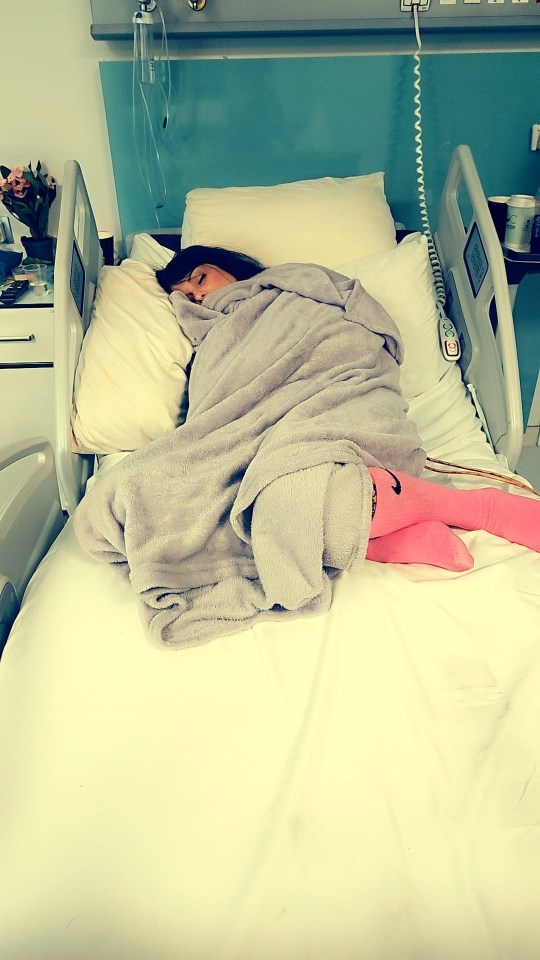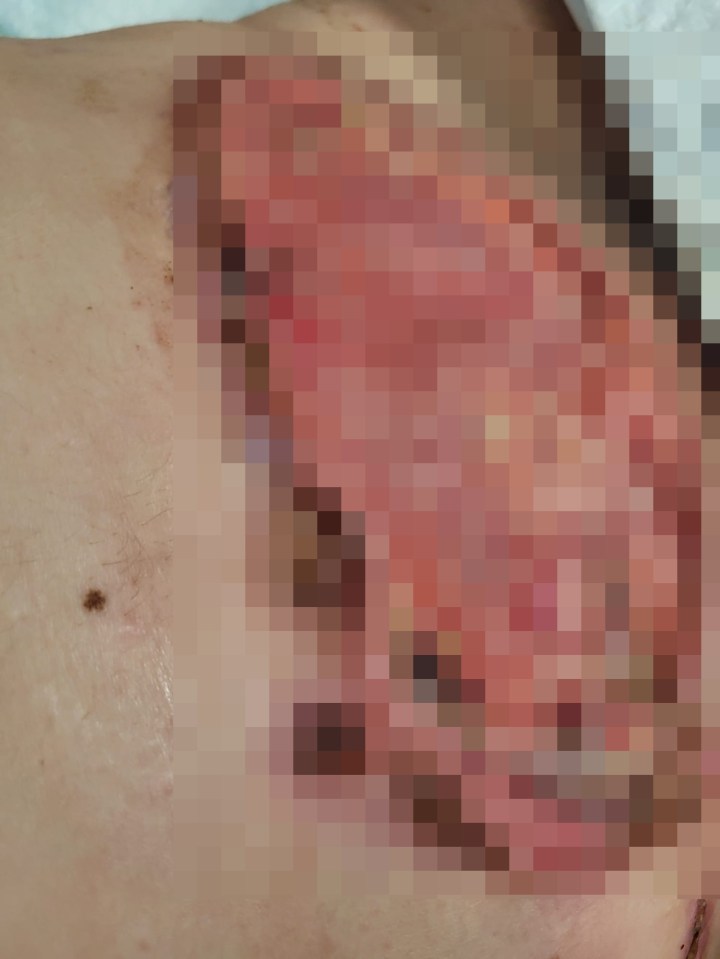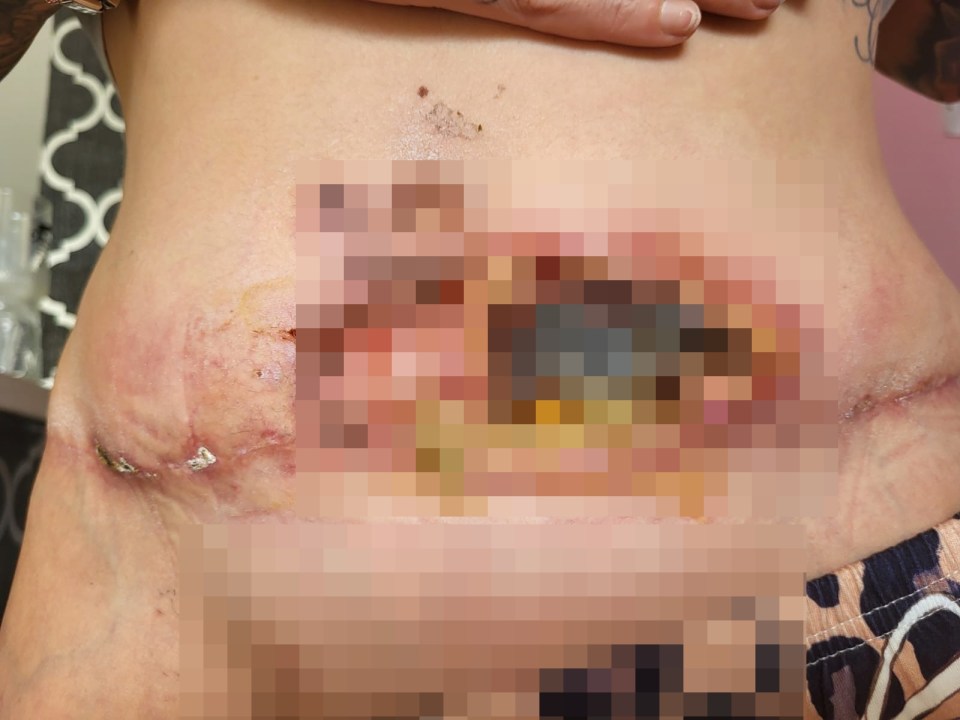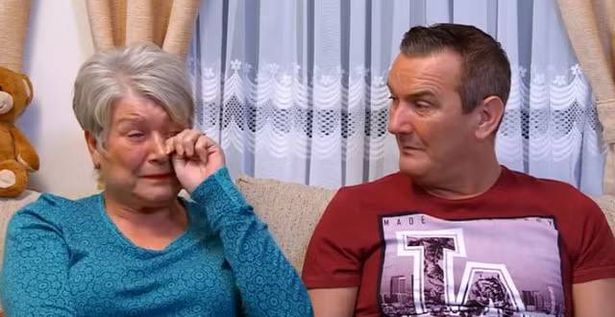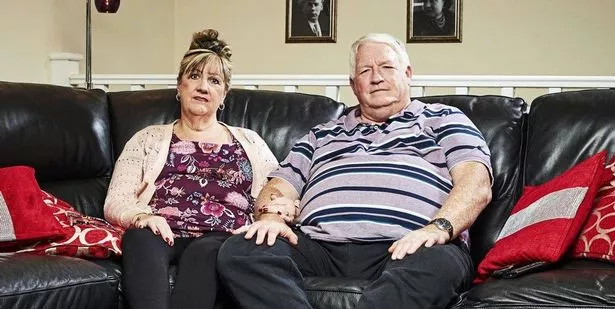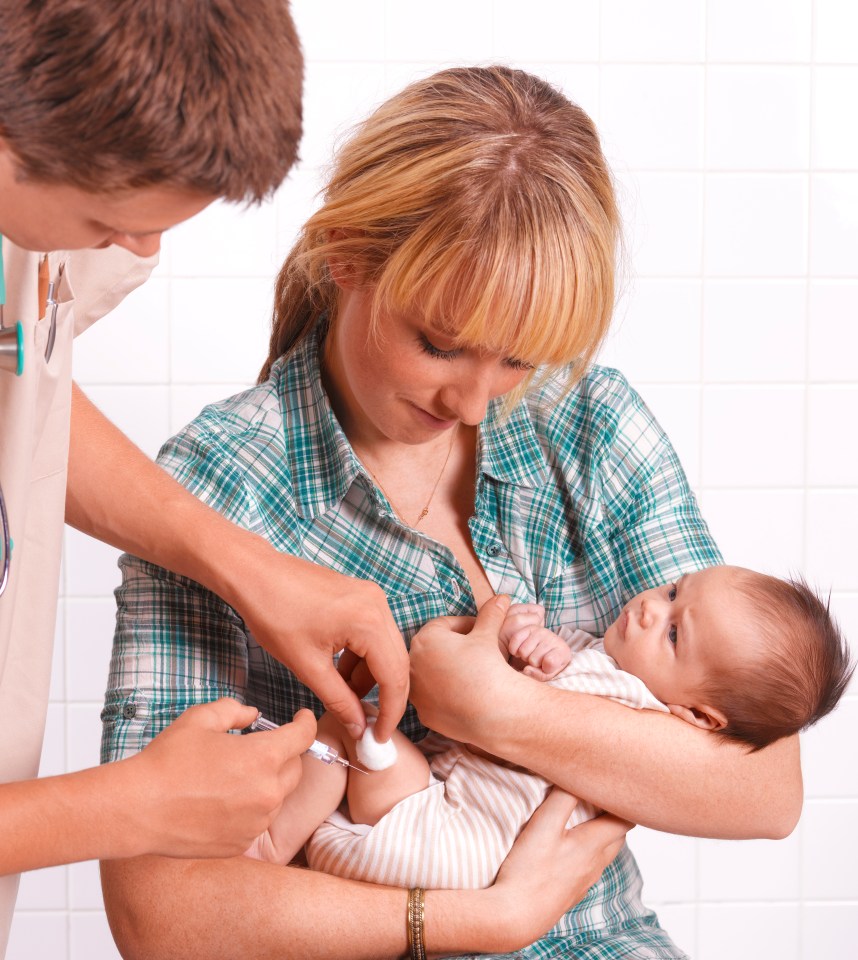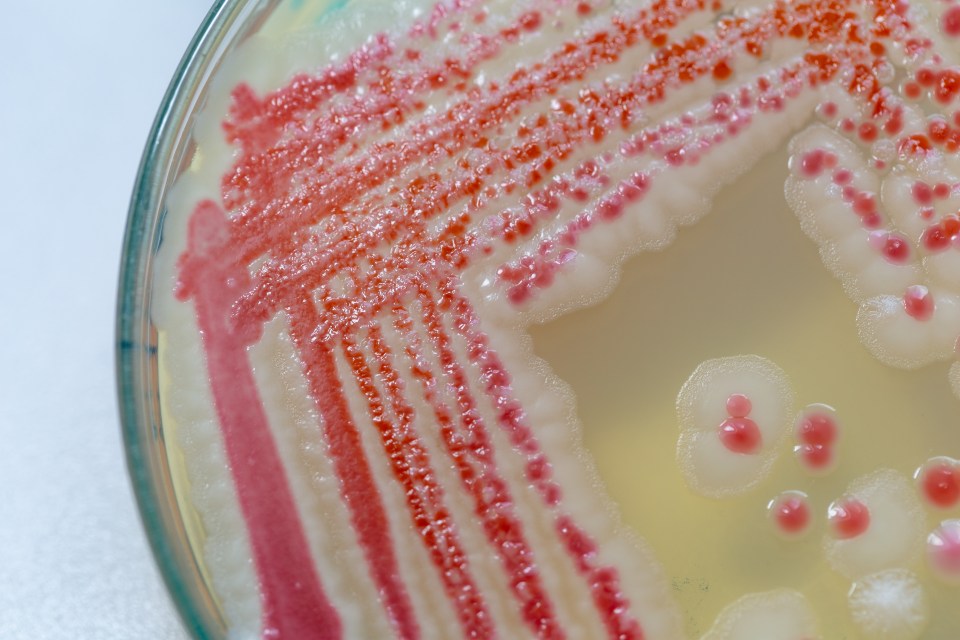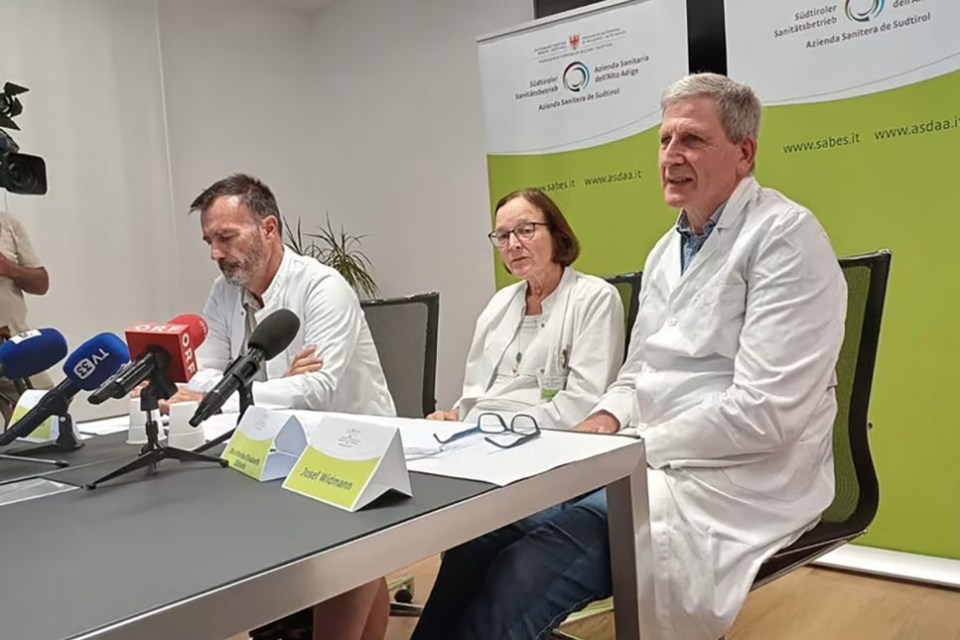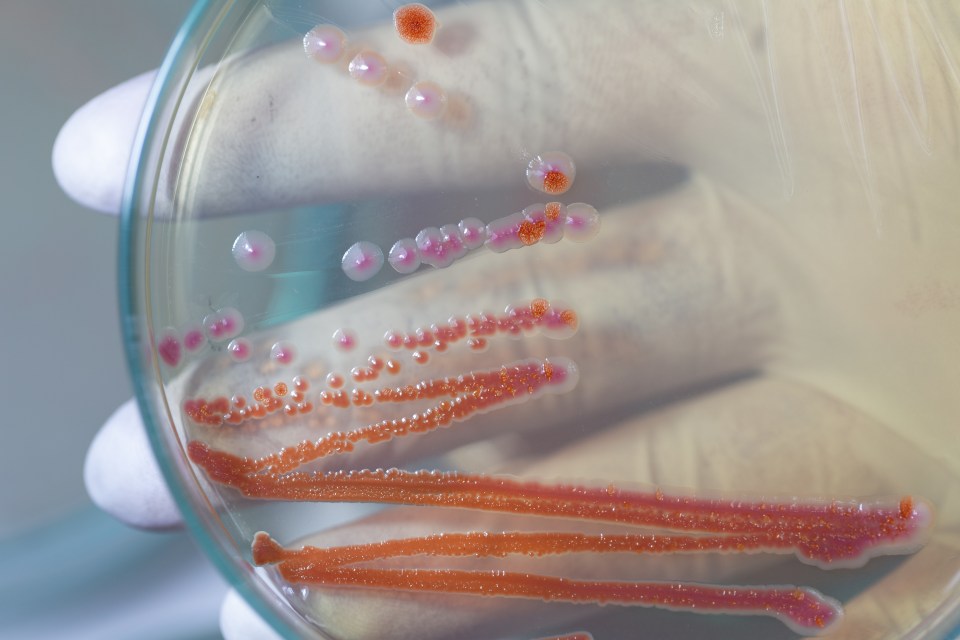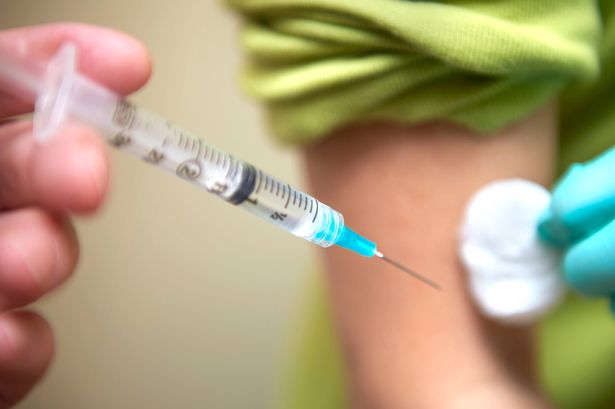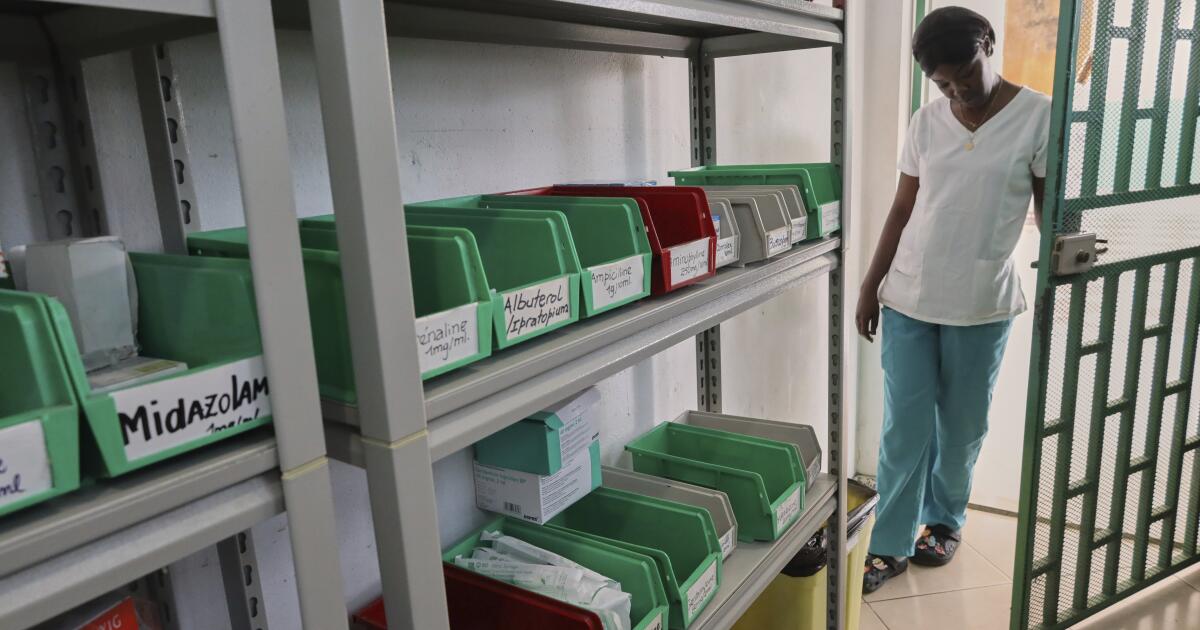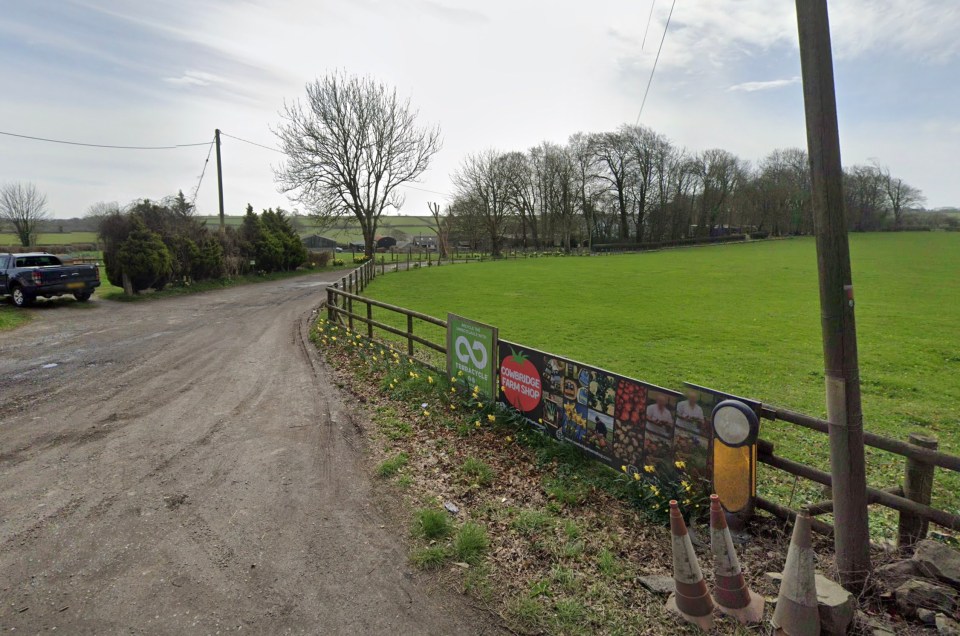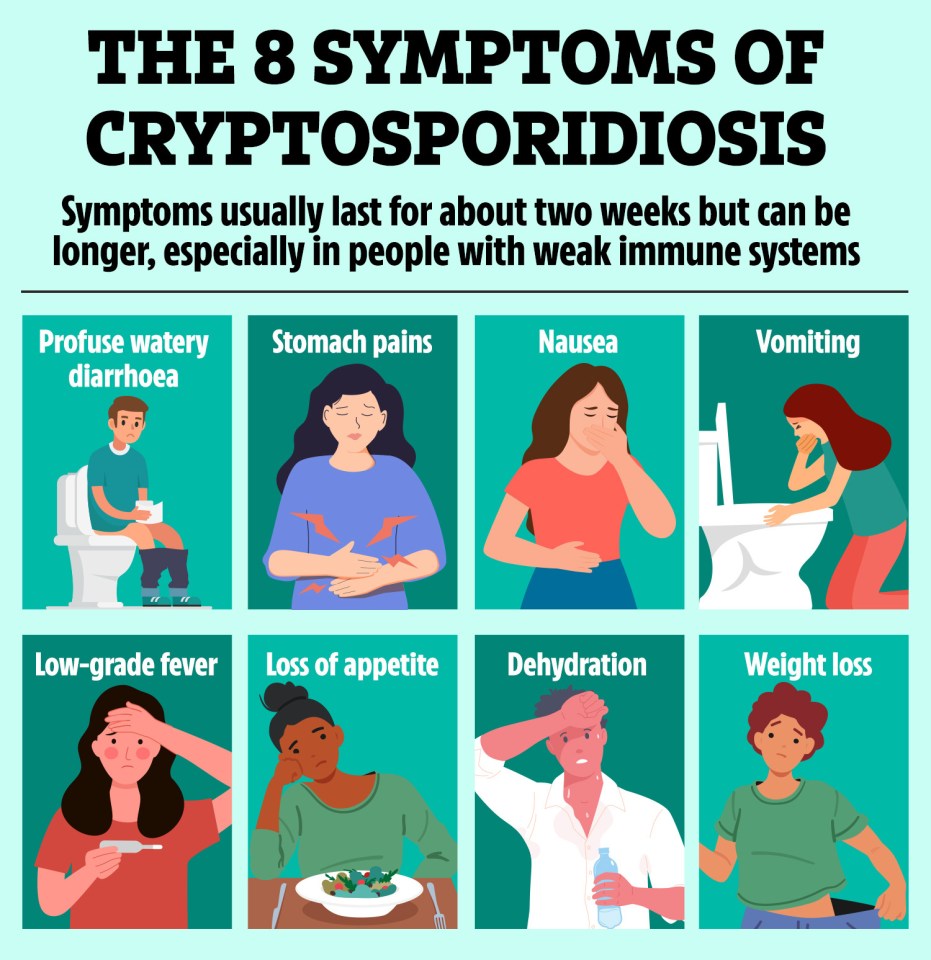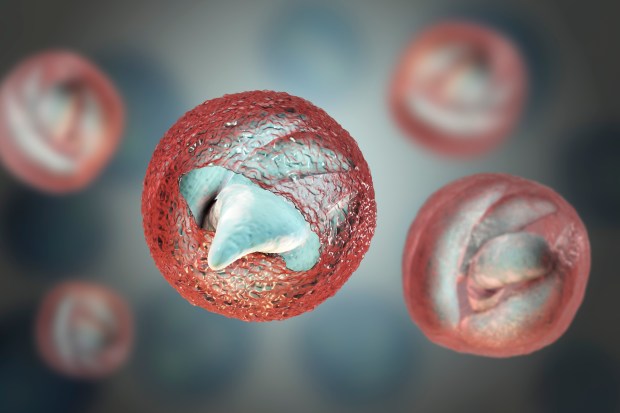There are plenty of Gogglebox stars who have lived heartbreaking health battles
Numerous Gogglebox personalities have confronted devastating health challenges over the years.
Since the cherished long-running Channel 4 programme launched over 10 years ago in 2013, it has brought us countless memorable households across the nation.
From Giles Wood and Mary Killen in Wiltshire and the Siddiqui clan in Derby to best pals Jenny Newby and Lee Riley in Hull, the participants consistently delight audiences with their brilliant quips and amusing reactions to the week’s television gems.
Nevertheless, various of the show’s personalities are battling serious health conditions and have candidly shared their ordeals throughout the years. reports the Manchester Evening News.
Sue’s Bell’s Palsy revelation
Last year, Sue Sheehan disclosed that she was battling Bell’s Palsy, which has impacted her ability to communicate. The South London resident – who appeared on the programme in 2019 alongside husband Steve – discussed the condition during a Gogglebox episode.
“I mean, I’ve had to relearn to do a couple of things since this Bell’s palsy,” she explained. Sue continued: “One is to speak through the side of my mouth, and the other one is chewing. Chewing takes a long time.”
Steve responded: “I have offered to chew your food for you, but you declined.” Sue then shot back: “I’m not having that.” Steve added: “I’ve got to say, you haven’t lost the sharp side of your tongue though, have you?” She quipped: “No, it’s sharper than ever actually.”
Tremaine’s cancer fight In 2020
Tremaine Plummer – who became part of Gogglebox in 2016 alongside his brothers – marked five years of being cancer-free following his battle with bowel cancer.
Sharing a hospital bed photograph on Instagram, he penned: “When I first saw this photo it made me feel sick and weak. I hated this photo for a long time. But now this photo is my medal. This was me 5 years ago. Post surgery for bowel cancer.
“One of the worst things that could have happened to me has turned into one of the best. Not everything bad that happens to you is the end. Out of some bad s*** comes good s***. The entire experience has been an eye opener and I view life totally different now. Stay strong.”
Jenny’s ‘awful’ condition
Gogglebox star Jenny Newby became part of the programme in 2014 alongside best pal Lee Riley. Yet in 2018, Jenny disclosed she has been struggling with arthritis.
Prior to viewing an advertisement created by charity Versus Arthritis, Jenny disclosed her condition, stating: “I’ve got arthritis.”
She went on: “I get more stressed now because I can’t fasten my coat. I can’t open a tin of beans and I’ve got to ask somebody. And that I think is the worst, when I have got to ask somebody because I feel like I am stupid.”
In a statement following the advert, Jenny confessed: “I’ve suffered with arthritis for a while now. I think something people don’t realise is the impact the condition has on simple everyday life. I really do think we should change that by being able to talk about it openly. It’s really important to me.”
Pete’s tragic passing
In 2021, Gogglebox star Pete McGarry tragically passed away from bowel cancer at the age of 71. He joined the show alongside his wife Linda in 2013.
Speaking about his death at the time, Linda revealed that Pete was told he had six months to live, but sadly died just days later, as reported by The Sun.
Linda told the publication: “Pete was a lovely man and I was so lucky to have him for 25 years. I said to him, ‘We’ve not only been 25 years, it’s been day and night with each other.’ He was my life.”
Mary’s brush with death
Giles Wood and Mary Killen have been regulars on Gogglebox since 2015. However, years ago, Mary had a near-death experience.
In a chat with The Guardian, Mary disclosed: “The closest I’ve come to death was contracting Legionnaires’ disease in 1999.”
She went into detail about the terrifying experience, saying: “I caught it from air conditioning in the Bahamas and developed something called Beau’s lines: white ridges across the fingernails which are a sign that your body’s shutting down for death.”
Having survived the ordeal, she admitted: “It knocked the stuffing out of me. I’ve never been quite the same since.”
Gogglebox airs every Friday at 9pm on Channel 4.
